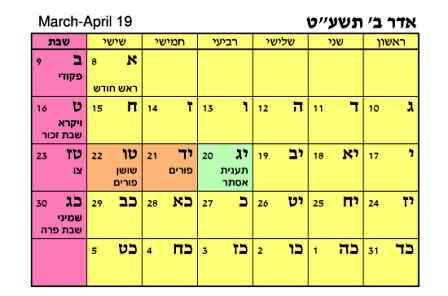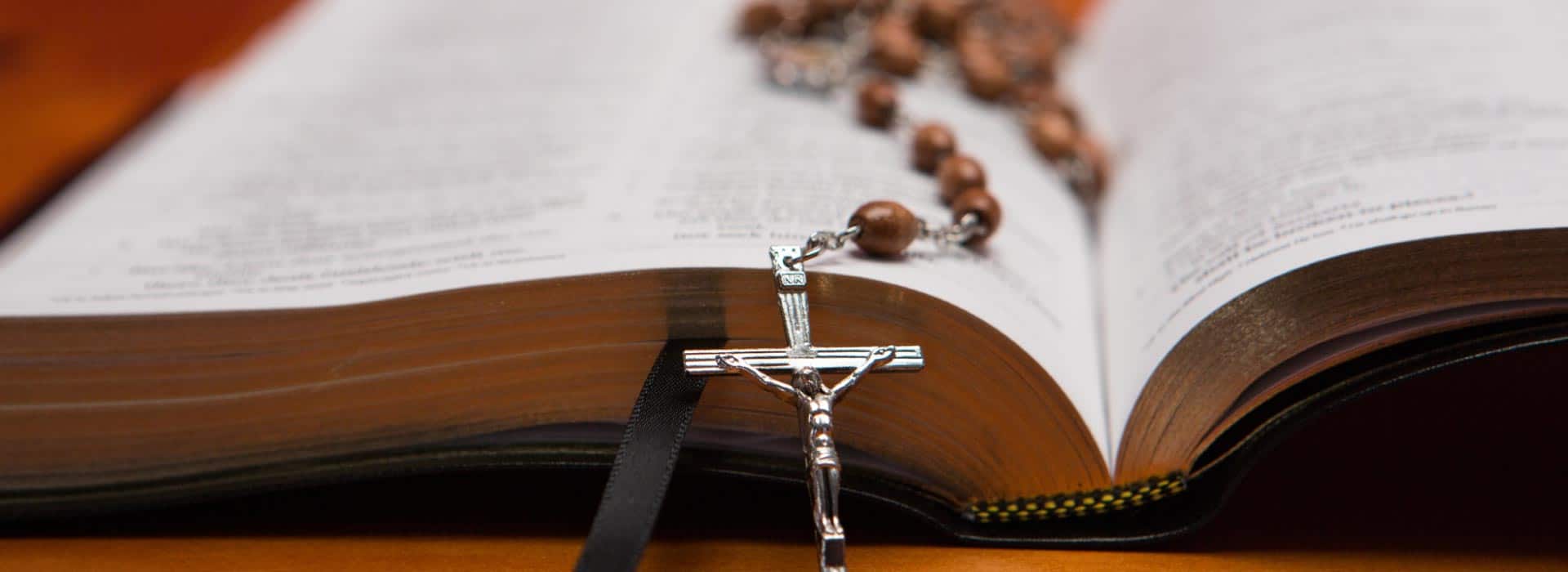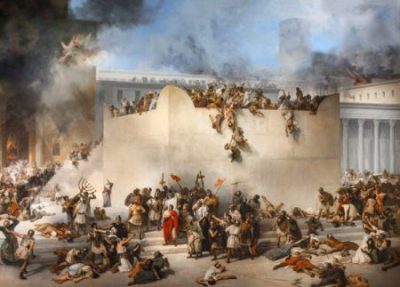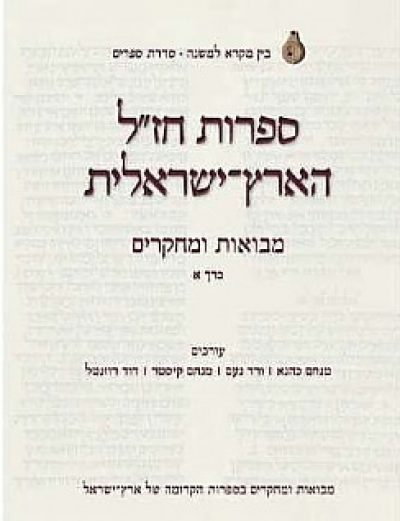Every human culture has particular ways of marking time, calendars and festivals—usually, both feasts and fasts. It is human to seek meaningful ways of marking seasonal changes, the cycles of night and day, anxiety about the agricultural crops, as well as important historical events in the life of a community. Since biblical times, theJewish people has developed its own religious-ethnic culture through its festivals. Since returning to the Land of Israel, Jews have renewed the aspects of the festivals that relate most directly to the land and added days to the calendar that mark more contemporary experiences. Many Israeli Jews are not very observant religiously and have developed their own, more secular ways of observing Jewish holidays.
In one respect the Jewish calendar is similar to the calendar of Muslims—it is, basically, a lunar calendar. The months are lunar months. The beginning of a new Jewish month is called Rosh Chodesh and would coincide with the beginning of a new month on the Muslim calendar. Many Jewish festivals occur on the 15th of the lunar month, which is the night of the full moon. But there is also a major difference between the Jewish and Muslim calendars, which reflects the difference between the early Hebrews and the first Muslims. A lunar year is only 354 days long (12 x 29.5 days.) A solar year, on the other hand, is 365 days, creating a gap of eleven days. Therefore, the same date on the lunar calendar would occur the following year eleven days earlier on the solar calendar. Within a few years, the same date could be in a different season of the year all together. The month of Ramadan, for example, can happen at any season of the year. One can learn from this that the Muslim feasts are not directly related to the seasonal cycle.
The Jewish calendar, on the other hand, is, as indicated, based on the lunar cycle. However, the Jewish calendar includes the concept of a Leap Year (shanah m’uberet) in which the month of Adar occurs twice, Adar Aleph and Adar Bet. This happens seven times in a nineteen-year cycle and is done so that Pesach will always be in the spring. The Jewish calendar is thus intimately linked with the seasons and the agriculture cycle of the Land of Israel. From these facts, we can see that the respective calendars of Islam and Judaism reflect the fact that the early Muslims were shepherds and nomads in the Arabian Desert, while the early Hebrews were farmers.
The first general exposition of the Jewish calendar can be found in the Bible, Book of Leviticus, Chapter 23. Here one sees that there are essentially two units of festivals in the early Jewish calendar. The first unit, verses 5-22, from Pesach to the festival known as Shavuot, represents the end of the rainy season and the beginning of the dry season. The second unit, verses 24-44, from what came to be known as Rosh Hashanah, to the end of the festival of Sukkot-Sh’mini Atzeret, represents the end of the dry season and the beginning of the rainy season. Traditional Jewish liturgy reflects these facts in the prayers for rain in the winter and dew in the summer.
Two important insights emerge: 1) To this day, traditional Jews throughout the Diaspora base their prayers and festivals around the cycle of rain and dryness in the Land of Israel. 2) Some important Jewish celebrations, such as Hanukkah or Purim, are missing from this Biblical chapter. Additionally, some of the names by which the festivals are known today are not mentioned in the Bible. This indicates that the Jewish calendar is an evolving feature of Jewish life, historically. The Bible may provide a foundation, but subsequent generations, particularly the rabbis of the Mishnah and the Talmud, not only added interpretations and elaborations of the Biblical text, but also provided real innovations. The process of developing the festivals is an ongoing one, that involves cultural creativity, both “from the top down”—i.e., through the mandate of rabbinic authorities—as well as “from the bottom up”—i.e., folk culture, customs and traditions. Because of these many generations of development, every festival is multi-layered and represents many values: natural, historical, philosophical, psychological, social-communal, and, of course theological and liturgical.
What has characterized the development of almost all the festivals is, in addition to practices that are done in the synagogue, also those that are followed in each and every Jewish home, often around a festive meal. Since, in the first chapter of Genesis, we see repeated a number of times, “And it was evening, and it was morning,” we can learn from this that the Jewish day begins at sundown the evening before. Thus, most celebrations of Shabbat and festivals begin at sundown and continue into the following day.







